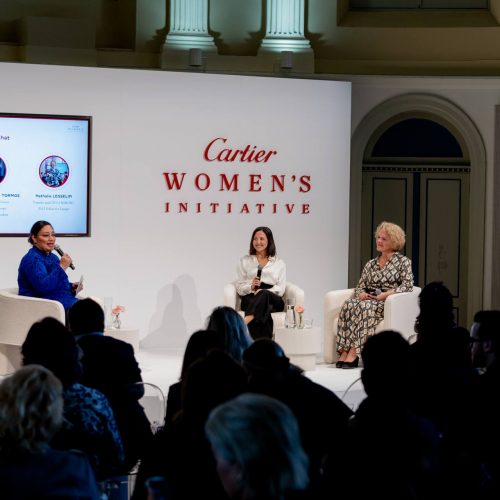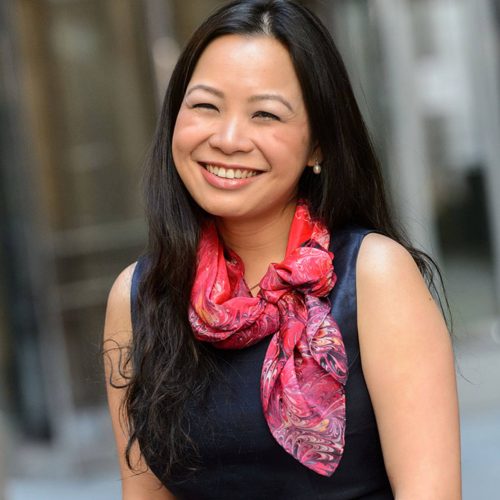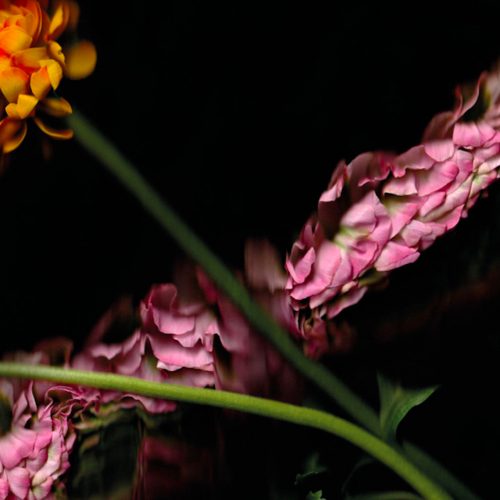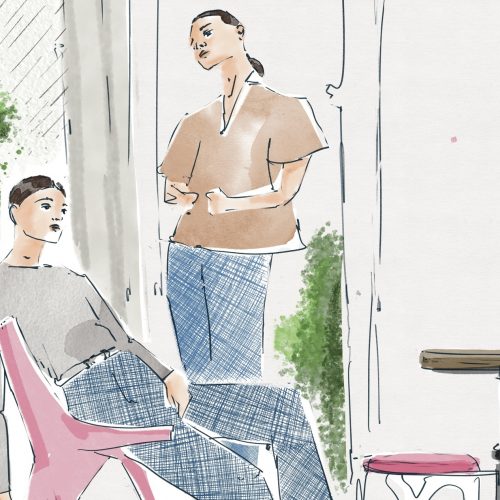A Year Into the Pandemic | Jasmine Zelaya’s Work Reflects Art and Social Issues
Luxiders talks with Jasmine Zelaya, a thought-provoking artist whose multi-disciplinary work is a combination of personal history and deep social convictions.
To receive the Luxiders newsletter, sign up here.
Born in 1983 in a family of Honduran immigrants, Jasmine Zelaya’s art is imbued with joy, while revealing an ongoing global reflection. With Luxiders, she discussed how the pandemic affected her work, the way she explores social issues through her creativity and what she would like to change about her industry.
Hello Jasmine, could you describe the environment in which you grew up and how it led you to arts?
I am very fortunate that my mother also had the same interest in painting and crafting as me. She nurtured this in me, and I am grateful. As an adult, I now have paintbrushes and ceramic tools from her personal collection while I was growing up.
Could you tell us about a piece you found really challenging to realize and the story behind it?
“Self- Portrait with Vibrations” is to date, the hardest piece I’ve ever had to complete. I kept working and re-working the entire thing. It took forever to find the right harmony. I wanted to create a self-portrait combining different styles and methods of painting like the painterly application of the mask and the glitter and rhinestone clothing. Sometimes more really is more, and I kept pushing it. The glitter and pearl rhinestones make flower patterns that you might not recognize unless you stare at them for a bit. This is also when I started to paint the eyes really red and watery, they are my favourite bits to paint.
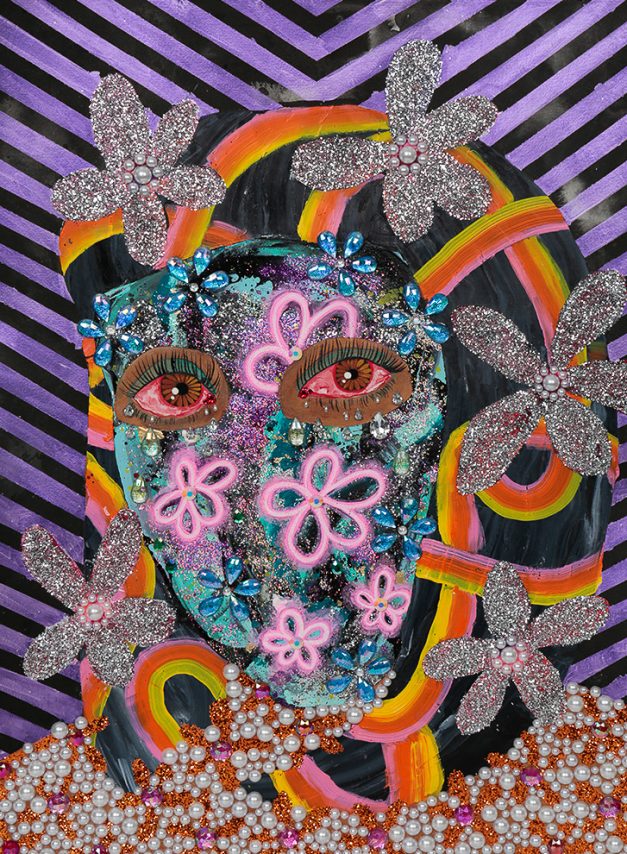
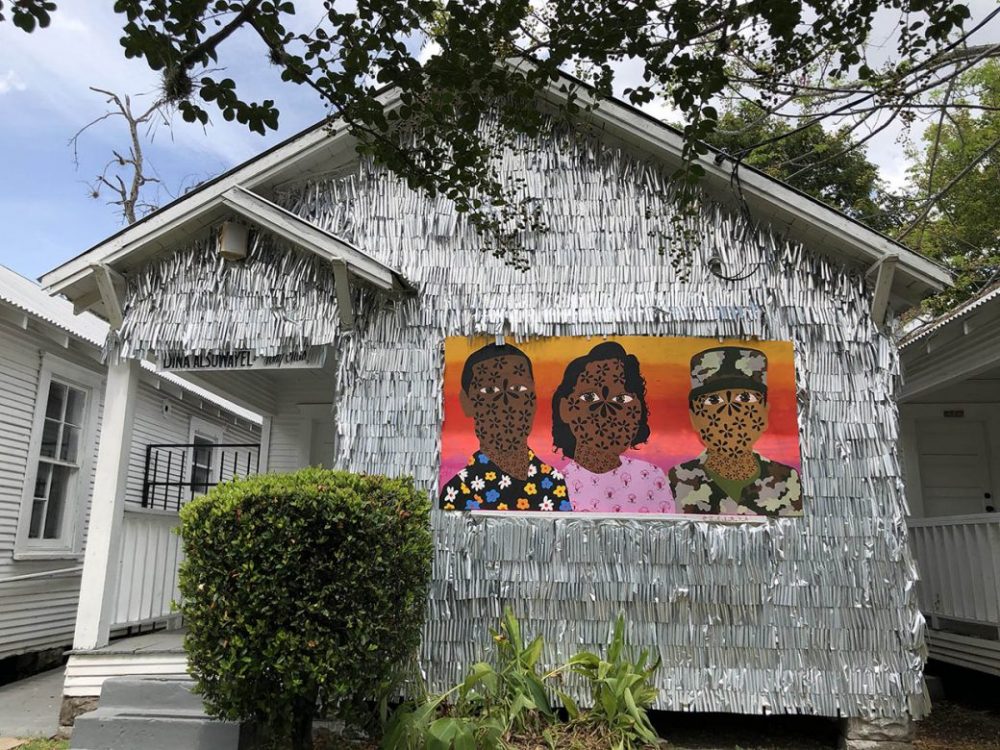
You say your work is informed by your experience as a first-generation, Honduran- American, woman of colour. How do the United States (U.S.) social movements and politics impact your work?
I am inspired by my parent’s immigration to the U.S. in the early ’70s and the tension of having two points of origin in the U.S.’ current political climate. I am also interested in the outward manipulations of our appearance and how it changes our sense of self. The faces in the portraits I paint are obscured by floral and embellished masks. These busy surfaces distract from underlying tensions reflected in the gaze of my subjects.
As an adult, I am all too aware of the disparities in Latinx communities. For some, including my friends and family, there is a constant fear that a loved one could be deported while going about their day. Even after having lived in the states for most of their lives. Additionally, I am in a state that has detention centres overfilled with those held against their will for trying to find a better existence or fleeing dangerous homelands. Children are separated from their parents; some are lost in the system. The violation of these people’s human rights motivates me to address these issues in my recent work.
"The daily threat of those here “illegally” could be detained and sent back after having established lives here. It angers me, but my work has been an outlet to advocate for these injustices."
Police brutality, systemic racism and the murders of BIPOC--Black, Indigenous, and People Of Colour-- is such a major issue here as well. Young black and brown children lose their lives, and the media manipulates how they describe them versus a white domestic terrorist. It’s sad, and it frustrates me; it motivates me to speak out.
We have been living with coronavirus for over a year now. Could you describe how the pandemic has affected your artistic process?
Now that we find ourselves a year into the pandemic, my work has become more community-oriented, addressing my concerns with aspects of social justice. I am interested in making my work and message accessible to those outside of classist art environments and making it available to the under-represented diverse communities in Houston, as an offering of solidarity and push for social change.
COVID19 has allowed me to rethink my approach, to exhibiting work, outside of conventional means that have ceased due to the Pandemic. I, therefore, decided to make site-specific work that would be accessible to these diverse communities. This recent work is in direct response to the things on my mind at present, mainly the injustices of our flawed systems and the oppression and murders of BIPOC.
"While working with silver fringe on recent video projections, I was reminded of the silver heating blankets used in detention centers. This inexpensive material at first seems celebratory, but in fact has much heavier connotations. It is my hope to honor the lives of those affected and lost, and as the daughter of immigrants to bring awareness to those less visible."
It was through my first public work in Houston, that I discovered the ability of public art to engage the community and spark dialogue. In more subsequent public work, I explored themes of injustices to BIPOC and believe that in these specific times, where communities are faced with unprecedented hardships, that social change can be had. I am inspired by the revolutionary voices and movements before me that championed the people, and I believe I too can uplift my community by using my own specific means of expressing myself; as an artist.

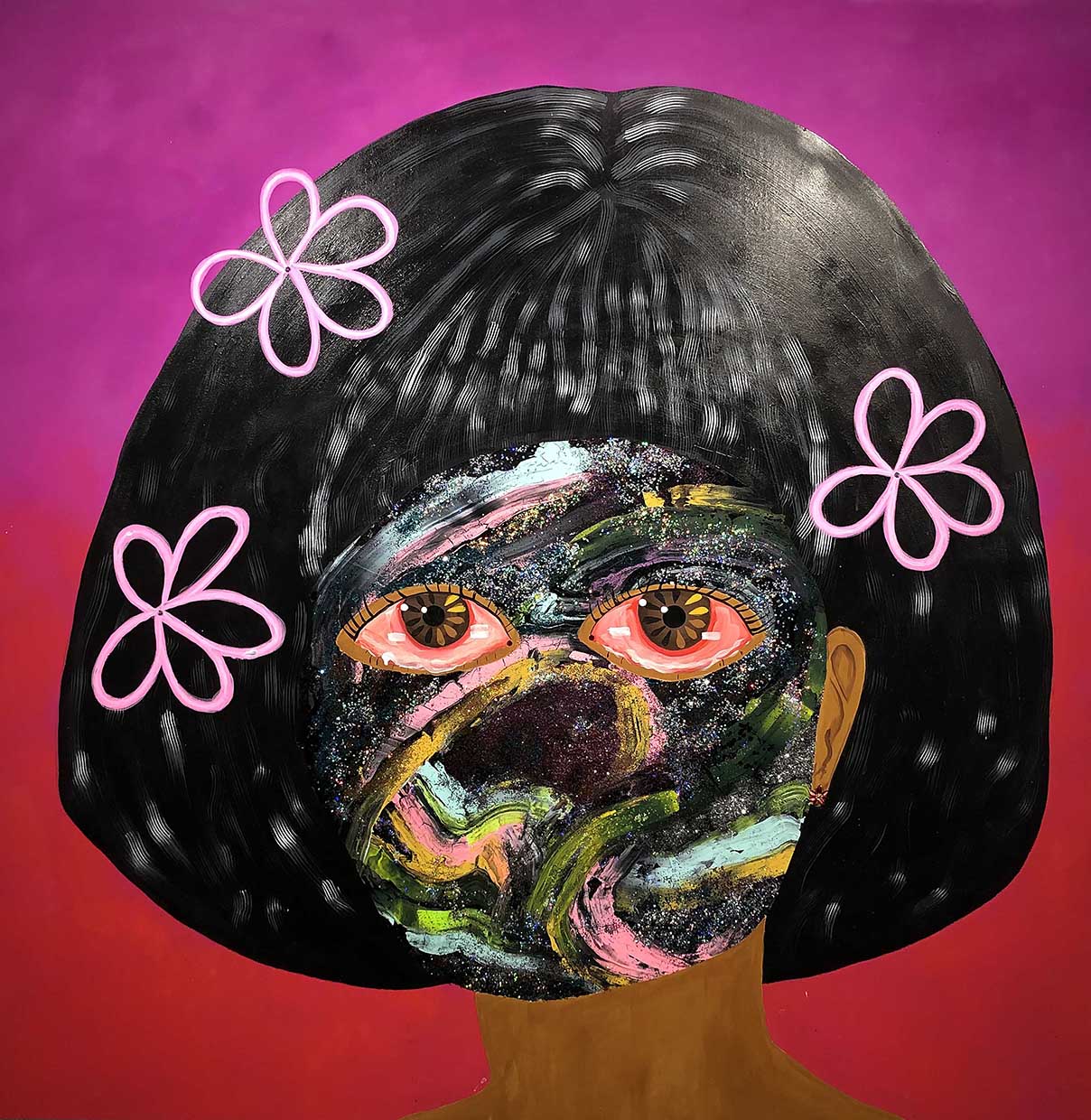
Artists have been facing a tough time with many exhibitions cancelled and museums shut down around the world. Is there something you would like to say to governments and institutions taking measures that make culture less accessible?
It would be somewhere between, don’t be in such a rush to open. Frontline workers are the ones whose well-being is threatened, while not receiving hazard pay and also while being laid off, for the institutions who want the glory of being the first to reopen. Other smaller organizations have had to think creatively of different approaches.
Finally, what is something you would like to change about your industry?
It would be for more recognition for artists who identify as women, non-binary, minorities and Latinx artists, and the protection of these same individuals who work in front line positions at museums and galleries. They are the ones who risk their well being while museums and galleries opened in the midst of the pandemic.
*All images are courtesy of Jasmine Zendaya.
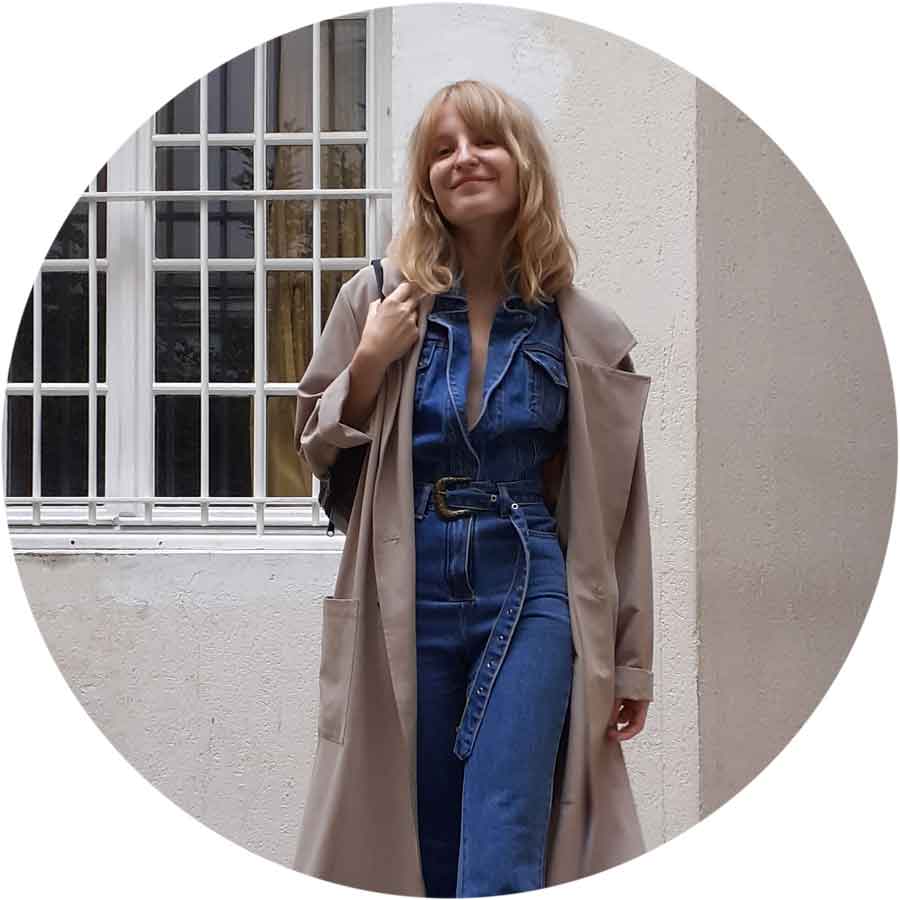
+ Words: Claire Roussel, Luxiders Magazine Contributor
Claire Roussel is a fashion writer dedicated to sustainability and social issues. She uses her passion for writing to tell the stories of the people fighting to make the fashion industry a more responsible one.

